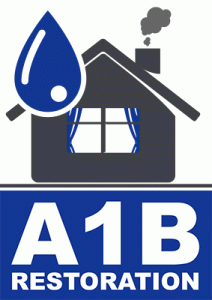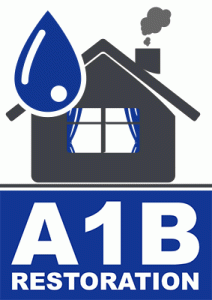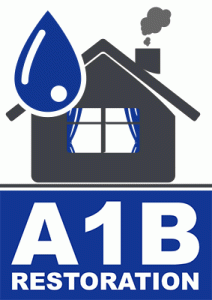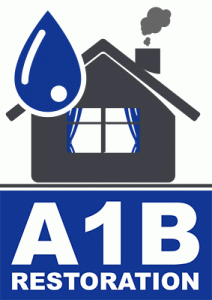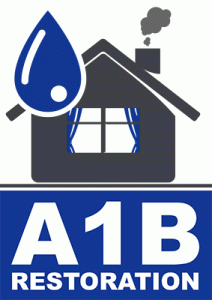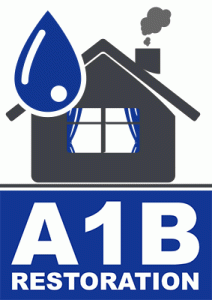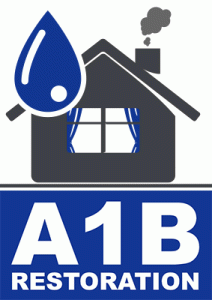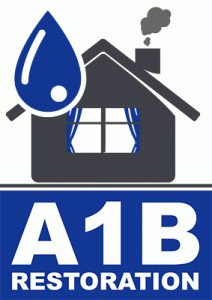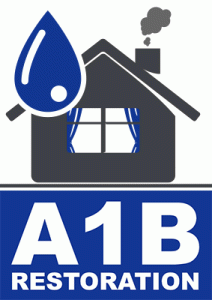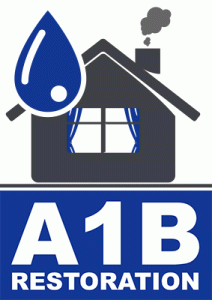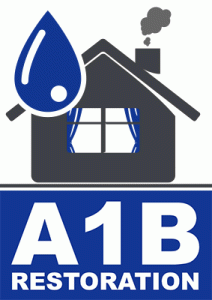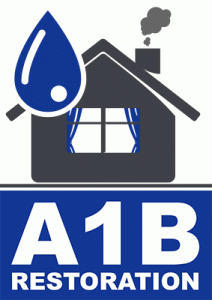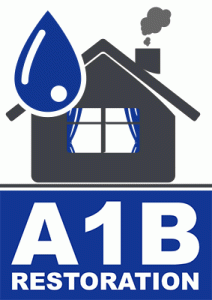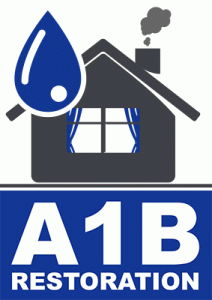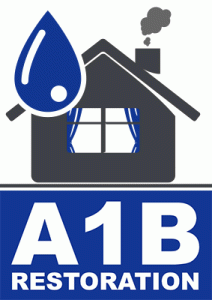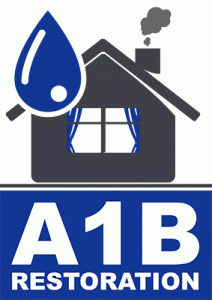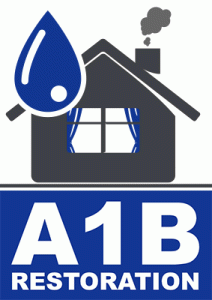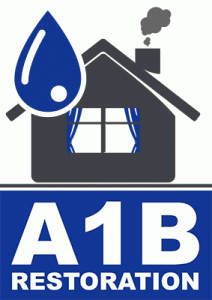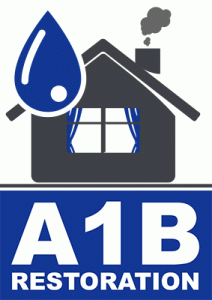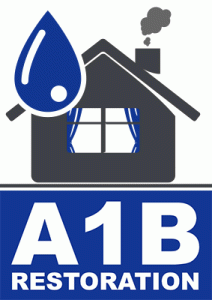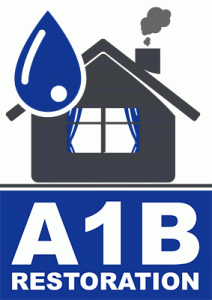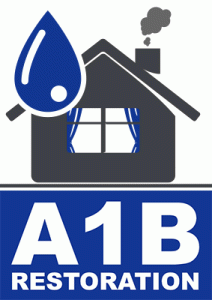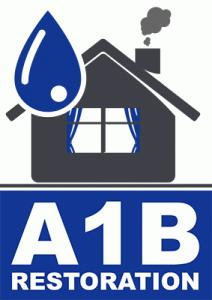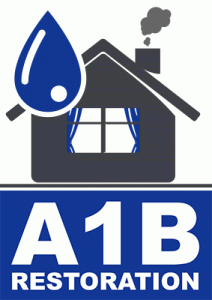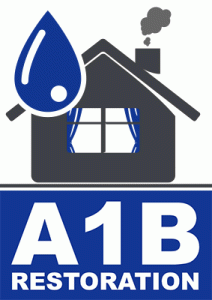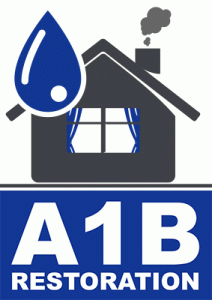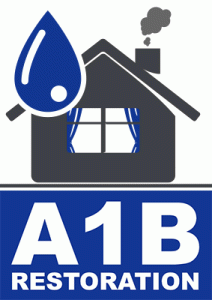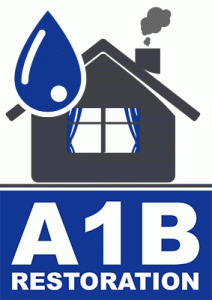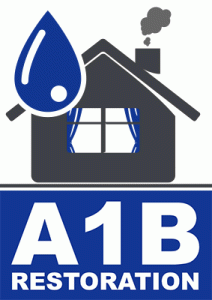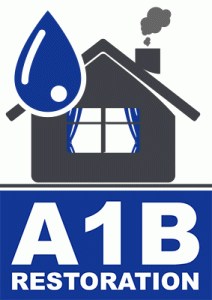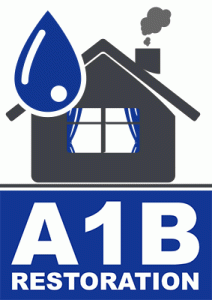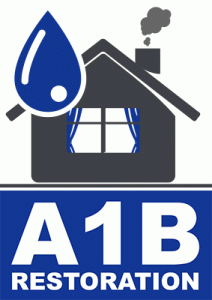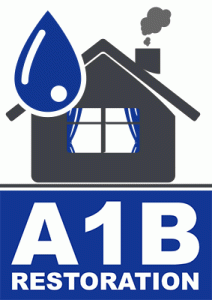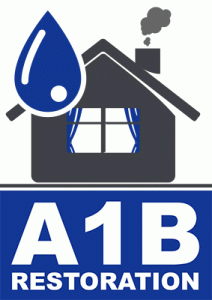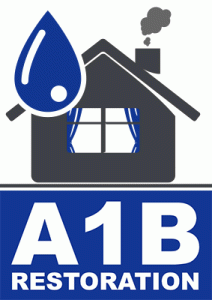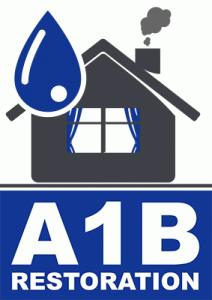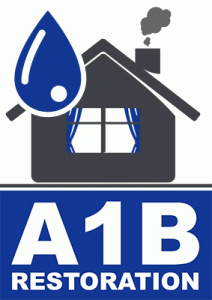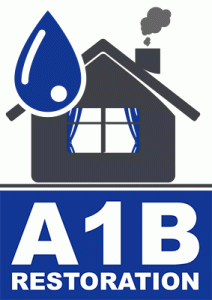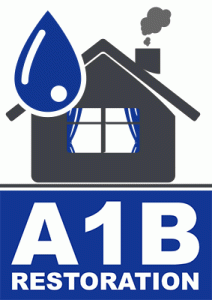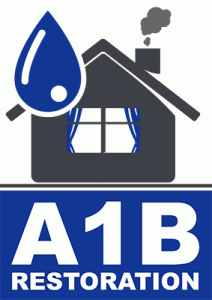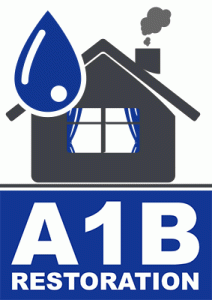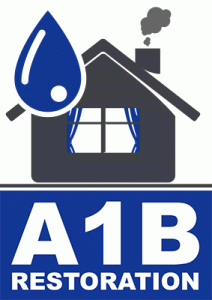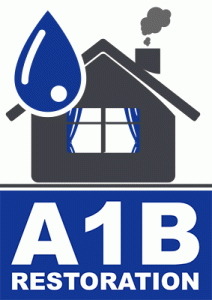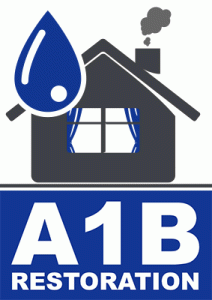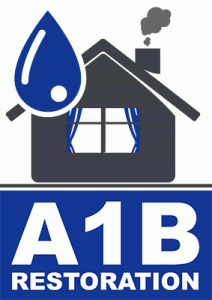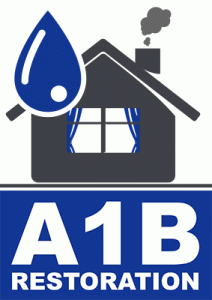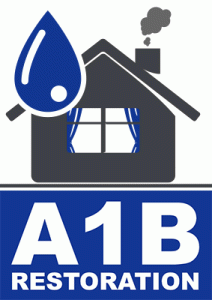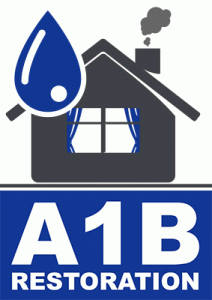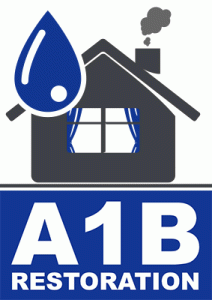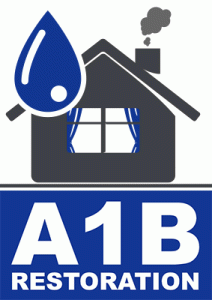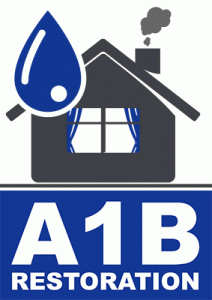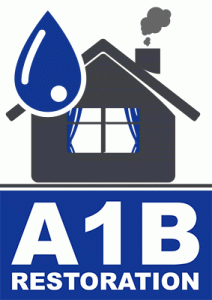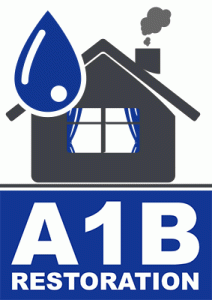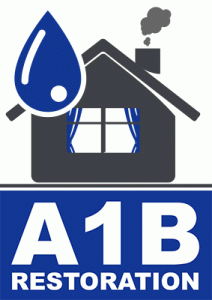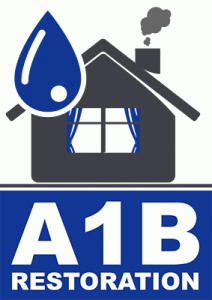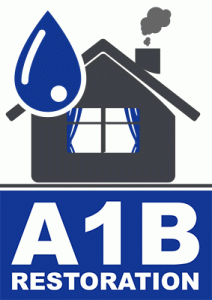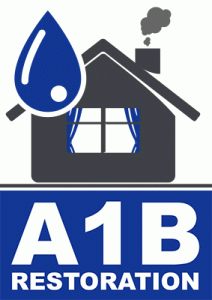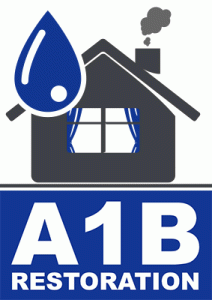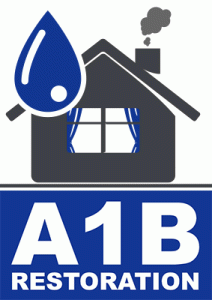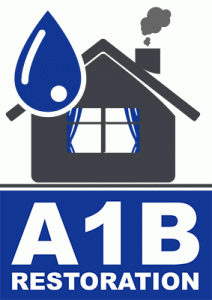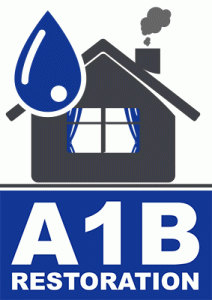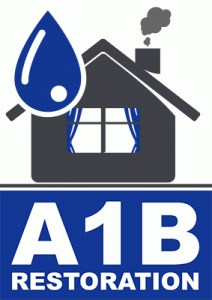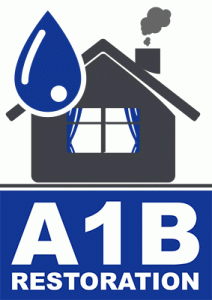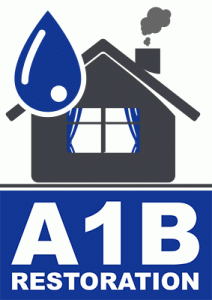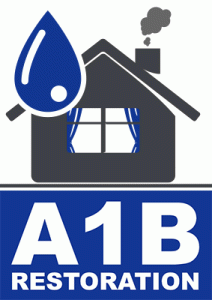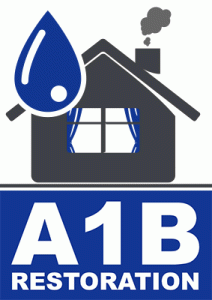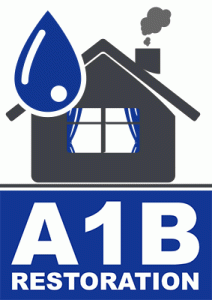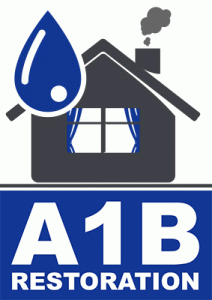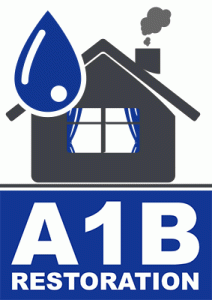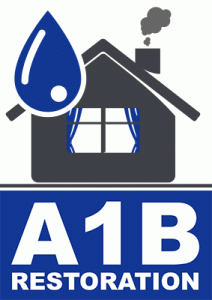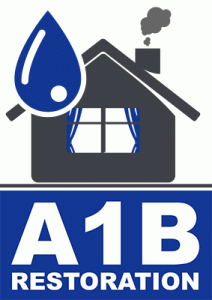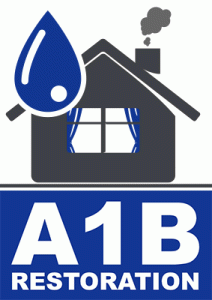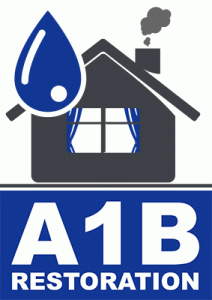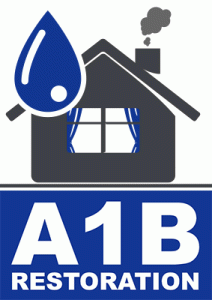Understanding the Process: Restoration of Water Damage Explained
Water damage can be a homeowner’s worst nightmare, often occurring unexpectedly and causing extensive harm to property. Understanding the restoration process can be crucial in mitigating damage and minimizing repair costs. In this comprehensive guide, we will unravel the steps involved in water damage restoration, offering practical advice and insights along the way.
What Causes Water Damage?
Water damage can result from a variety of sources, each with its own set of challenges. Common causes include:
- Leaking Pipes: Burst or leaking pipes can quickly lead to significant water damage, especially if not addressed promptly.
- Natural Disasters: Floods, hurricanes, and heavy rains can overwhelm drainage systems, causing water to infiltrate homes.
- Appliance Malfunctions: Faulty washing machines, dishwashers, or water heaters can leak and cause damage.
According to the Insurance Information Institute, water damage accounts for about 29% of all homeowners insurance claims, highlighting the prevalence and seriousness of the issue.
The Water Damage Restoration Process
Restoring a property after water damage involves several crucial steps. Here’s a detailed look at the process:
1. Initial Inspection and Assessment
Upon arrival, restoration professionals will conduct a thorough inspection to assess the extent of the damage. This step is critical for developing an effective action plan. They will also classify the water damage into categories based on the contamination level:
- Category 1: Clean water from a clean source, like a broken water supply line.
- Category 2: Grey water with some contaminants, such as from a washing machine overflow.
- Category 3: Black water containing harmful bacteria, typically from sewage or flooding.
2. Water Removal/Extraction
Once the assessment is complete, the next step is to remove standing water. Professionals use industrial-grade pumps and vacuums to extract water quickly, preventing further damage and mold growth. This step is often completed within a few hours, depending on the severity of the water intrusion.
3. Drying and Dehumidification
After water extraction, the affected areas will still be damp. High-powered air movers and dehumidifiers are used to dry out the space thoroughly. This process can take several days, ensuring that no moisture is left behind to cause future problems.
4. Cleaning and Sanitizing
This step involves cleaning and sanitizing affected items and surfaces. Professionals use specialized equipment and cleaning products to disinfect and deodorize. They may also perform mold remediation if necessary, as mold can begin to grow within 24-48 hours post-water damage.
5. Restoration and Repair
The final step in the process is restoring the property to its pre-damage condition. This can involve minor repairs, such as replacing drywall or carpet, or major reconstruction, such as rebuilding entire rooms. Restoration professionals work to ensure that the property is safe and comfortable for occupants.
Actionable Tips for Homeowners
While professional restoration is often necessary, homeowners can take proactive steps to mitigate water damage:
- Regular Maintenance: Inspect and maintain plumbing systems regularly to prevent leaks.
- Install Water Alarms: These devices alert you to leaks or flooding, allowing for a quick response.
- Document and Insure: Ensure you have adequate insurance coverage and document possessions for claims.
Conclusion
Understanding the intricacies of water damage restoration can empower homeowners to act swiftly and effectively when faced with water-related disasters. By knowing the steps involved and taking preventive measures, you can safeguard your home against future water damage. Remember, time is of the essence when dealing with water damage, so acting quickly is crucial to protecting your property and health.
For more information on water damage restoration or to schedule a consultation, contact our certified professionals today.
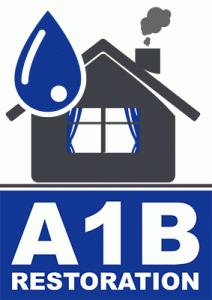
Preston Hollow Dallas TX water damage restoration companies near me

water damage restoration services near me Haltom City Texas
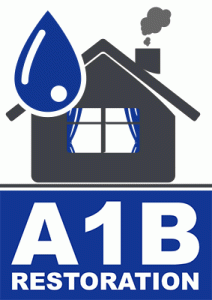
Duncanville Texas restoration water damage companies
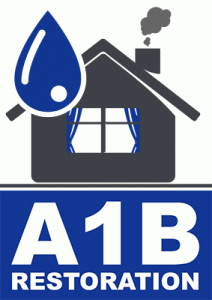
water damage and restoration companies Flower Mound Texas
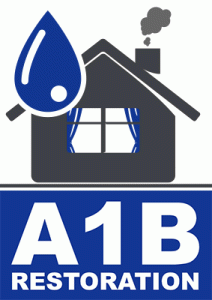
water damage restoration service The Colony Texas
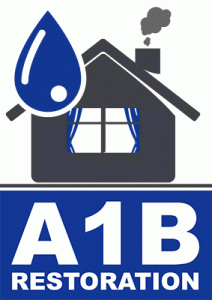
restoration services water damage Flower Mound Texas
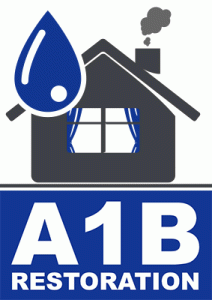
Flower Mound Texas disaster restoration companies
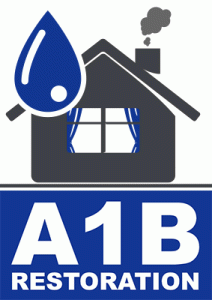
Garland Texas water damage restoration service near me
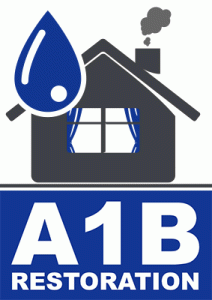
Cedar Hill Texas restoration water damage companies
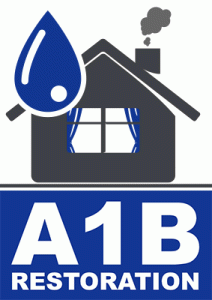
Flower Mound TX water damage restoration companies
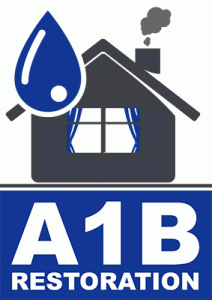
Highland Park TX water damage restoration services
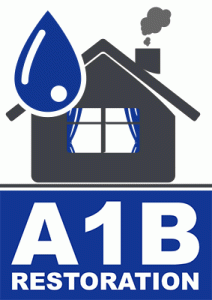
Cedar Hill TX water damage restoration companies
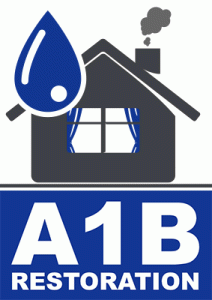
Flower Mound TX water damage restoration company

Little Elm TX water damage restoration companies near me
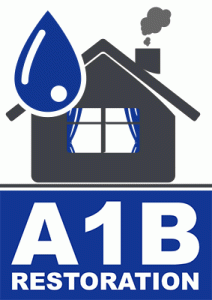
DeSoto TX water damage restoration companies near me

Colleyville TX water damage restoration services
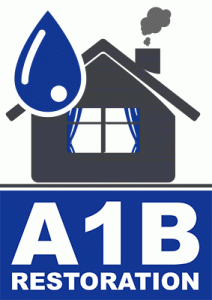
Preston Hollow Dallas TX home water damage restoration
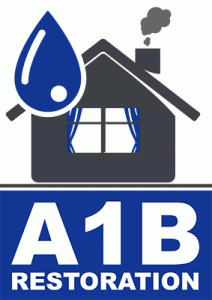
Lake Highlands Dallas TX water damage restoration company
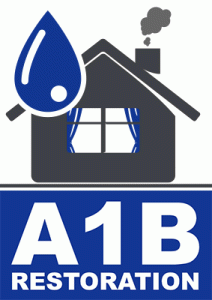
Lake Highlands Dallas TX water damage restoration services

best water damage restoration near me Sunnyvale Texas
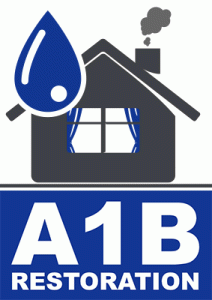
restoration of water damage Lakewood Dallas Texas

emergency water damage restoration North Richland Hills Texas

restoration services water damage Flower Mound Texas
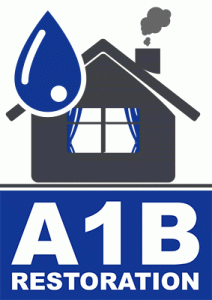
water restoration companies near me Highland Park Texas
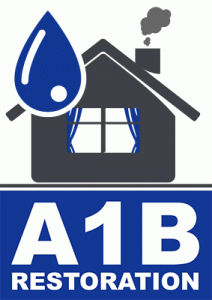
water damage restoration cost Preston Hollow Dallas Texas
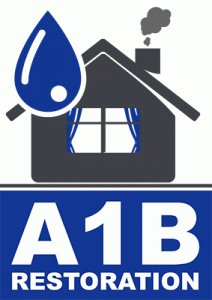
best water damage restoration near me Little Elm Texas
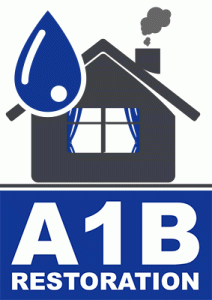
best water damage restoration near me Lake Highlands Dallas Texas
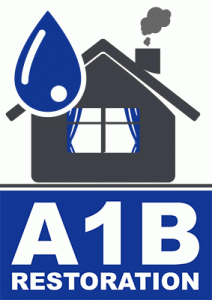
water damage companies near me Preston Hollow Dallas Texas
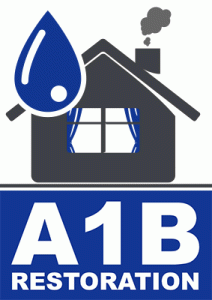
best water damage restoration near me Carrollton Texas
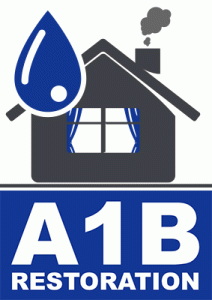
water mitigation company near me North Richland Hills Texas
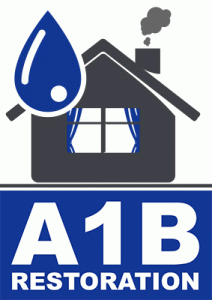
emergency water damage restoration Preston Hollow Dallas Texas
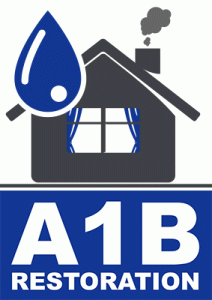
water damage and restoration companies Plano Texas
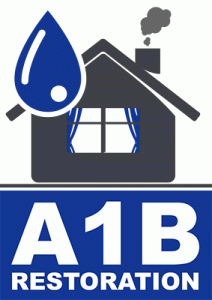
water damage restoration service Richardson Texas
